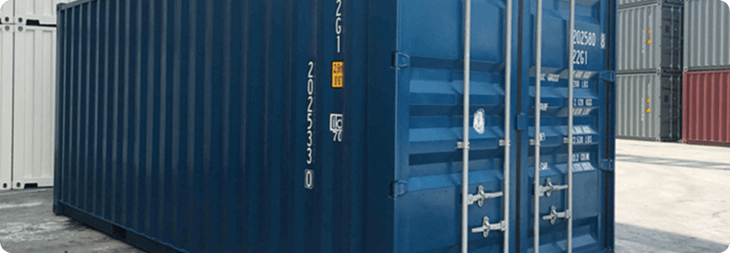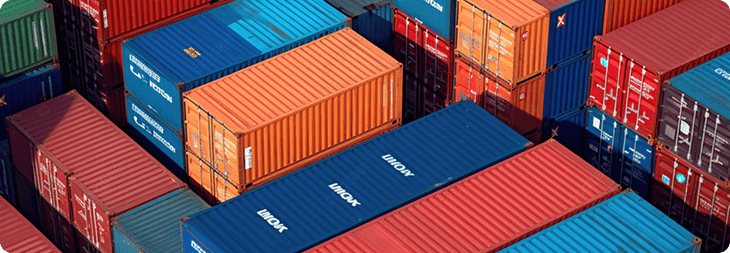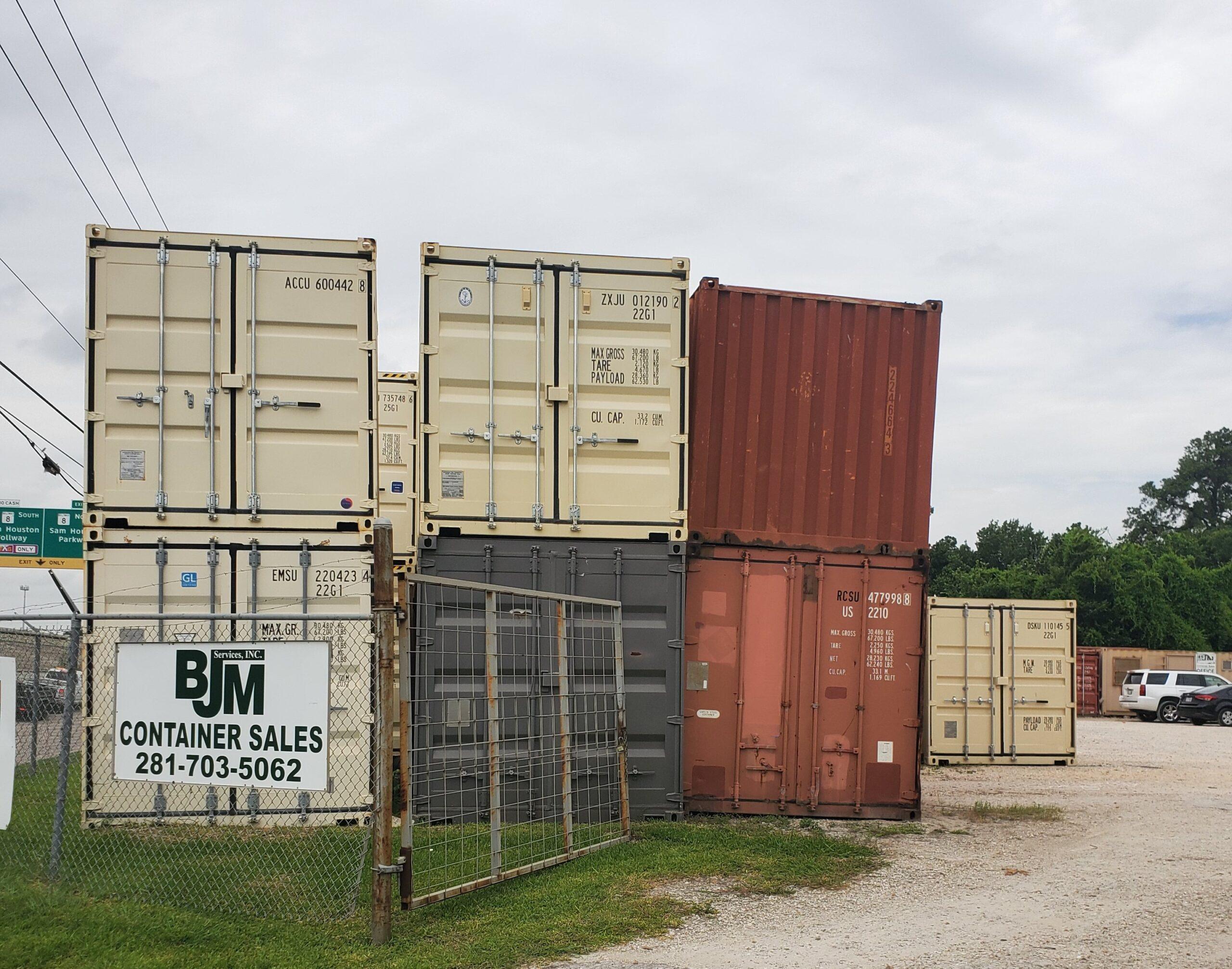Used shipping containers are an affordable way to get secure storage, workspace solutions, or even the foundation for creative projects like tiny homes and pop-up shops. But not all containers are created equal. Some have lived rough lives at sea, while others were lightly used and kept in great condition. If you don’t know what to look for, you could end up with a container that costs more to repair than it’s worth.
Before you sign the deal, here are seven critical things you need to check when buying a used shipping container. Think of this as your go-to inspection checklist to make sure you’re investing in a container that will serve you well for years.
1. Structural Integrity: The Frame Matters Most
The very first thing you want to look at is the overall frame and body. Containers are designed to be stacked nine high on a ship, which means the steel corner posts and beams do most of the heavy lifting. If these areas are bent, cracked, or warped, the container’s safety and durability are at risk.
What to do:
- Stand back and view the container from all sides. Does it look straight, or does it sag in the middle?
- Check the roofline. Dents or depressions could mean water pooling and future rust problems.
- Inspect the corner castings. The reinforced steel blocks where containers lock together. If they’re damaged, transportation or stacking could be unsafe.
A container with major structural issues isn’t worth the risk, even if it comes at a bargain price.
2. Flooring Condition: Don’t Overlook What’s Underfoot
Most shipping containers have marine-grade plywood floors about 1–1.25 inches thick. These floors are tough, but after years of forklifts driving across them and cargo spills, they can weaken.
What to check for:
- Soft spots: Walk the entire floor to feel for sagging areas.
- Rot or termite damage: Look for blackened wood, holes, or flaking.
- Chemical spills: Oil, fuel, or industrial chemicals can soak into the wood and leave permanent odors or unsafe residues.
If you plan to use your container for storage of tools, furniture, or household goods, a damaged floor can compromise everything inside. Replacement flooring is possible, but it adds to your cost.
3. Rust and Corrosion: Surface vs. Structural
Rust is inevitable when steel containers spend years exposed to ocean air. The key is knowing the difference between manageable surface rust and structural corrosion that compromises the container’s lifespan.
Where to look:
- The roof, especially if it’s dented and collects water.
- Door edges and seals.
- Bottom rails and corners where water tends to pool.
Acceptable: A few patches of orange surface rust.
Not acceptable: Deep rust that flakes off, holes, or metal that crumbles when tapped.
Light rust can be sanded and repainted. Deep corrosion means you’re looking at expensive repairs, or worse, a short-lived container.

4. Doors and Seals: Ease of Access Matters
The doors are one of the first areas to fail on older containers. They have multiple locking rods, hinges, and thick rubber gaskets that keep the container airtight.
Your inspection checklist:
- Do the doors swing open easily? If you need to use excessive force, the hinges or frame may be warped.
- Check the locking rods. Are they straight and able to secure tightly?
- Inspect the rubber gaskets. Cracked or brittle seals will allow water and pests inside.
Since the doors are the main access point, issues here will frustrate you every single time you use the container.
5. Signs of Leaks: Test Before You Buy
Water leaks are one of the biggest threats to your stored items. Even small pinholes in the steel can cause big problems.
Two easy leak tests:
- Daylight test: Step inside during daylight, close the doors, and see if light comes through the roof or walls.
- Hose test: Spray water over the roof and seams, then step inside and check for drips.
If leaks are found, they can sometimes be patched, but widespread leaking is a sign to move on.
6. Previous Use and History: What Did It Haul?
Not every container has the same past. Some may have carried harmless consumer goods, while others transported chemicals, oils, or hazardous materials.
Why it matters: Residues from previous cargo can affect what you can safely store in the container. For example, a container that once carried industrial chemicals may not be ideal for household storage.
Look for identifying plates, like the CSC (Container Safety Convention) plate, which provides manufacturing details and inspection history. If possible, ask the seller about the container’s background. Transparency is key.
7. Cleanliness and Odor: The Final Test
Don’t underestimate the importance of cleanliness. A container that smells of mildew, fuel, or chemicals may never fully lose that odor, no matter how much you clean it.
Check for:
- Mold or mildew stains on walls or ceilings.
- Strong chemical or petroleum smells.
- Debris, residue, or leftover cargo.
If the container passes the smell test and looks clean, you’re starting with a fresh slate.

Pro Tips for First-Time Buyers
- Know the grades: “Cargo-worthy” containers are certified for shipping use, while “wind and watertight” containers are better for storage. “As-is” containers are the cheapest but come with the most risk.
- Check dimensions: Standard sizes are 20-foot and 40-foot, but always confirm interior height and width to ensure it fits your needs.
- Buy from a reputable seller: A trusted supplier like BJM Containers will inspect, grade, and disclose container conditions upfront.
Make a Smarter Container Purchase
Buying a used shipping container is not just about finding the lowest price. It is about making sure your investment is safe, durable, and suited to your purpose. By following this seven-point checklist that covers structure, flooring, rust, doors, leaks, history, and cleanliness, you can save yourself time, money, and frustration.
At BJM Containers, we do not believe in surprises. Every container is inspected and graded, so you know exactly what you are getting before you buy. Whether you need secure storage, a container for your business, or a starting point for a creative build, we will help you find the right fit.
Ready to start your search? Explore our inventory of quality used shipping containers and find the solution that works for you. Get a free quote now!
